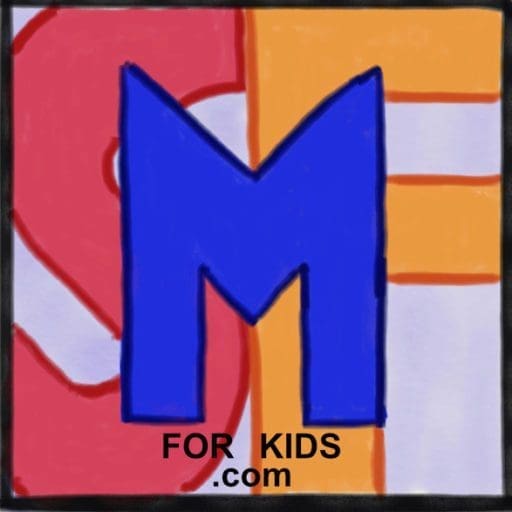
This book, which I ran across at the library, absolutely took me by surprise with the incredible quality of math activities for gifted/talented elementary and middle school students. Several of my GT students’ favorite activities we had already done were included, but there were also many fresh ideas I had not thought of.
Although the title is Amazing Math Projects You Can Build Yourself, it actually has way more than projects. It has puzzles, challenges, fun facts, vocabulary, kid friendly explanations of advanced math topics, and more. As a bonus it also has a companion website for video project instructions as well as more information and activities. It is one of my most highly recommended books for the GT math classroom. The author is Laszlo C. Bardos and the book is part of the Build It Yourself series from Nomad Press. (They have many books for science and social studies as well.)
Numbers and Counting
Section 1, Numbers and Counting, starts with Counting in Different Numeral Systems. It is not focused on the history of number systems (if you are interested in that see this post) but does explain and compare base 10, base 8, base 60, base 2, and base 16 systems and has several activities for working with base 5. It explains how the word decimal comes from the Latin word decem, meaning ten. The project in this section is making a sorobon, or Japanese abacus.
My GT students LOVED the following activities, which explain triangular numbers, square numbers and the relationship between them. The puzzle where they figured out how to quickly find the solution to the sum of all numbers 1 to 100 fascinated them, and they were able to apply the solution to larger numbers. One of my students after discovering that the sum of any two consecutive triangular numbers is a square number, and seeing visually how it works because two triangles fit together to make a square, said it blew his mind!
Other topics in the Numbers and Counting section include prime numbers (with the sieve of Eratosthenes,) perfect numbers, a visual representation of multiplying fractions, Fibonacci sequence (see here for my previous post on this topic), and golden ratio. Projects in this section include a fraction addition dial, a Fibonacci puzzle square, making golden ratio dividers, and drawing a golden spiral using graph paper.

Angles, Curves, and Paths
Projects in this section include:
- exploring right angles/triangles with string
- creating a puzzle to demonstrate Pythagorean theorem
- making a model of an inclinometer and using it to find the height of a tree
- folding a parabola
- recording a parabolic arc
- making an ellipse with pushpins and string
- exploring conic sections.
Other topics include the problem of Konisberg’s bridges (using a graph and vertices,) diffusion, probability, and even using patterns to see that there are billions of ways to lace your shoes!
Shapes
In this section students explore new ways to create shapes and examine the formulas for finding area of triangles and circles. Activities include:
- Forming pentagons by tying knots
- Drawing hexagons in circles using compasses and rulers
- Proving that the angles in a triangle add up to 180 degrees and discovering the connection with triangular numbers
- Making a model demonstrating why the area of a triangle is one half the length of the base times the height
- Drawing star polygons
- Folding and cutting paper stars
- Learning how Eratosthenes calculated the circumference of the earth and how ancient mathematicians came up with pi
- Demonstrating the area of a circle by using yarn
- Making a mobius strip
- Growing crystals to demonstrate Platonic solids
- Making Platonic solids and tetrahedrons from card stock
- Flying a tetrahedral kite,
- Making icosahedral decorations
- Building an icosahedron from golden rectangles
- Discovering the volume of a pyramid
- Building a geodesic dome big enough to sit in
- Making a hyperboloid and a hyperbolic paraboloid
Patterns
The final section of the book covers patterns.
Activities include:
- String art based on a parabola
- Making mathematical bubble films
- Creating a catenoid
- Discovering patterns in bubbles
- Koch Snowflakes
- Distorted Images
- Making anamorphic art on a cone
- Drawing anamorphic art
- Designing tessellations
